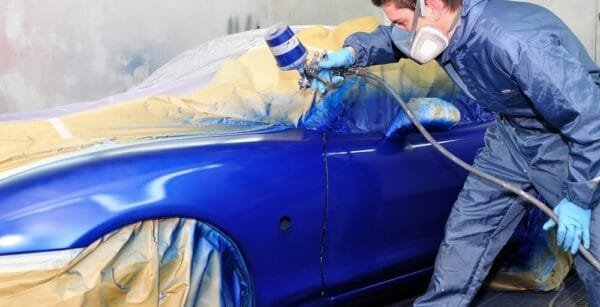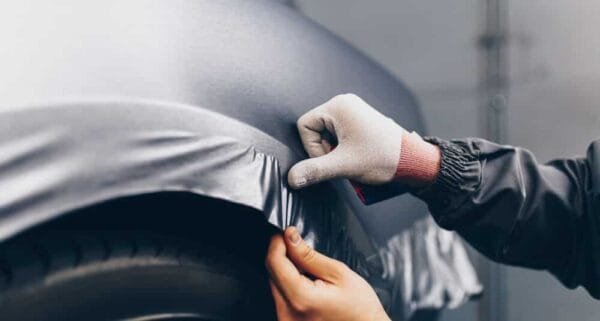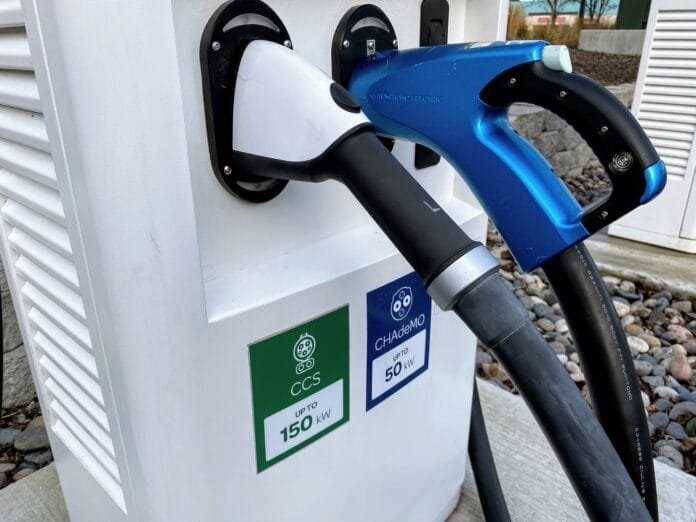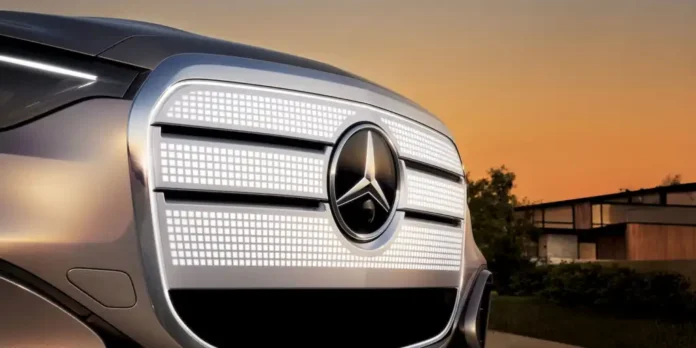In the past, changing your car’s appearance meant committing to a new paint job. But now, thanks to advancements in automotive technology, vinyl wraps have emerged as a cost-effective, flexible alternative. So, which one is right for you — a full repaint or a vinyl wrap?
Let’s explore the pros and cons of each option to help you make an informed decision.

Vinyl Wrap vs. Paint: What’s the Better Option?
There’s no one-size-fits-all answer. Each has its strengths:
-
A professional paint job offers a long-lasting, seamless finish.
-
A vinyl wrap gives you design flexibility, faster turnaround, and can be more budget-friendly.
So, which should you pick? Here’s a breakdown:
You might prefer a vinyl wrap if:
-
Your car’s paint is still in good shape and you want added protection.
-
You need custom designs or business branding.
-
You’re working with limited time or frequently change designs.
On the other hand, go for a paint job if:
-
The paint is severely chipped, scratched, or corroded.
-
You’re restoring a car to its original condition.
-
You want a perfect color match and a factory-like finish.
-
There’s no wrap installer near you with the skills for a flawless job.

Why Upgrade Your Vehicle’s Look?
Maybe your car feels boring. Maybe you’re covering up wear and tear. Or perhaps you’re looking for a creative outlet or business promotion opportunity. Whatever your reason, refreshing your vehicle’s appearance is a smart and affordable way to make it stand out.
But before diving in, it’s important to understand what each method involves.
What is a Vinyl Wrap?
A vinyl wrap is a thin adhesive film applied over your car’s existing paint. It can completely transform your car’s look without permanent changes. Once reserved for high-end custom jobs, vinyl wraps are now more accessible thanks to improved manufacturing.
-
Size & Cost: A standard vinyl wrap roll is 60 inches wide and 25 feet long—enough for a full vehicle. Expect to pay around $2,500, not including design and installation.
Pros of Vinyl Wraps
-
Durability & Protection
Vinyl wraps resist UV damage and don’t fade as quickly as paint. They also shield your car from scratches and chips, all while being easy to clean. -
Cost-Effective
Especially if you’re wrapping a small section or changing designs frequently, vinyl wraps can be cheaper than repainting. -
Faster Turnaround
Wrap installations typically take a few days or less—much quicker than a full repaint. -
Creative Freedom
Choose any color, texture, or design you want—and switch it up later without hassle. Perfect for branding or bold statements.
What is Automotive Painting?
Repainting a vehicle is a more involved process. It requires stripping the car down to bare metal, fixing imperfections, applying primer, sanding, and then painting multiple layers. The result? A flawless, long-term finish that can make your car look showroom-new.
Pros of Automotive Paint
-
Fixes Damage
If your car’s surface has dents, rust, or deep scratches, paint is the better solution. Wraps won’t adhere well to damaged surfaces. -
Perfect Color Matching
Factory-quality paint ensures seamless color across every panel—important for classic or show cars. -
Satisfying for DIY Enthusiasts
For hands-on car lovers, painting your vehicle is a rewarding project and a true labor of love. -
Touch-Ups for Small Areas
Small blemishes or localized damage? A targeted paint repair might be quicker and cheaper than wrapping the entire car.
Final Verdict: Paint or Wrap?
Choose a wrap if:
-
You want style flexibility.
-
Your paint is in good condition.
-
You need a quick makeover or marketing tool.
Choose paint if:
-
Your car needs surface repairs.
-
You want a factory-finish and long-term durability.
-
You’re restoring or showing the vehicle.
In the end, both methods have their place. Consider your budget, vehicle condition, and aesthetic goals—then decide whether a wrap or paint will bring your vision to life.




